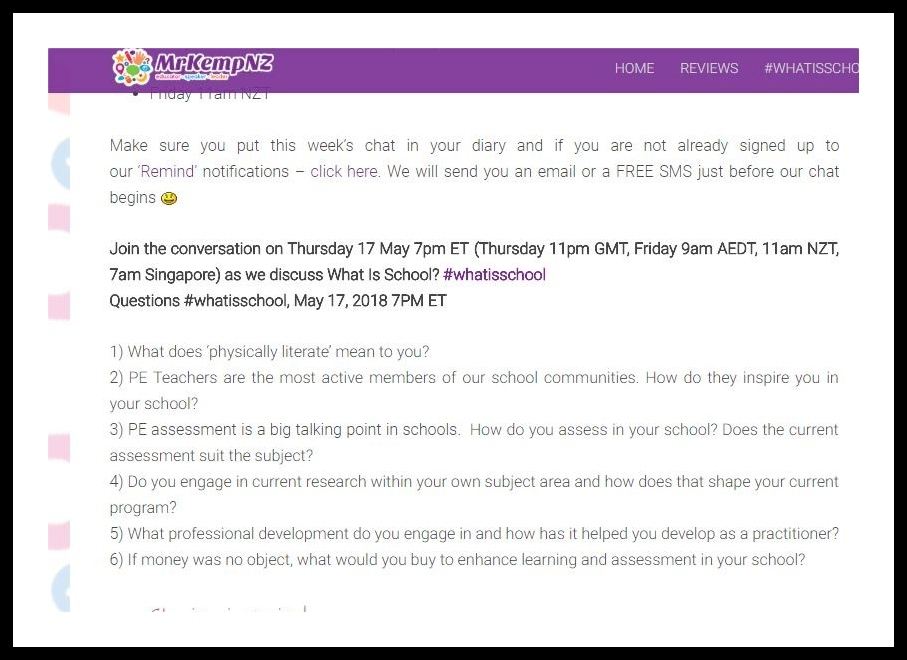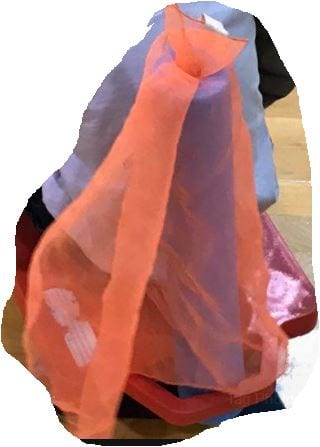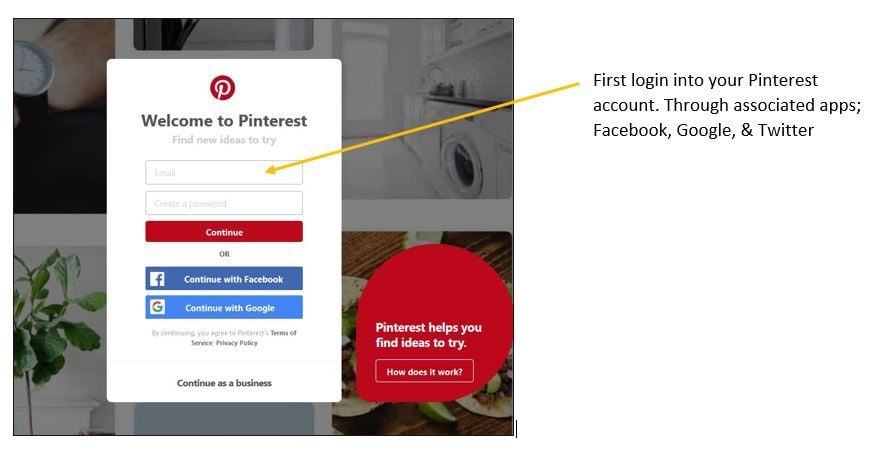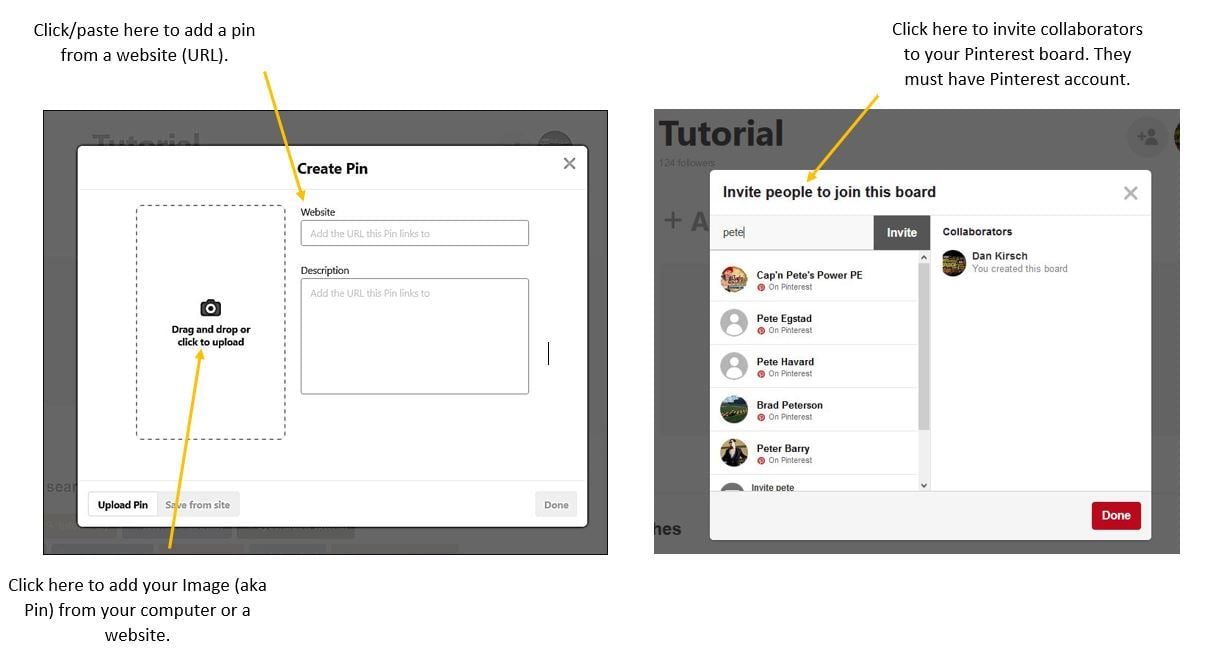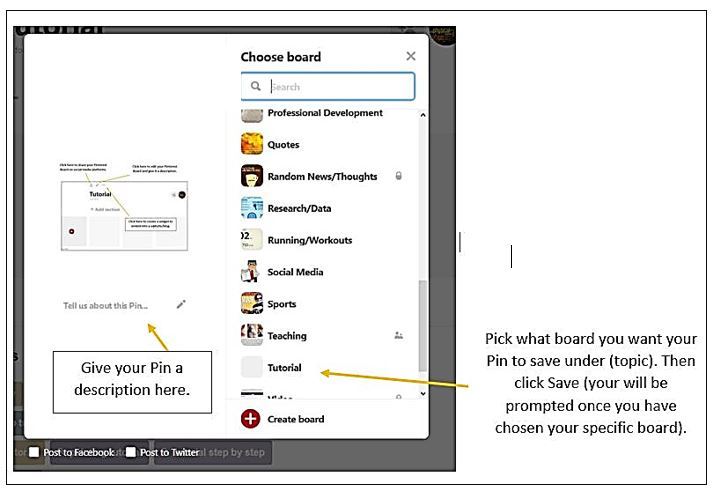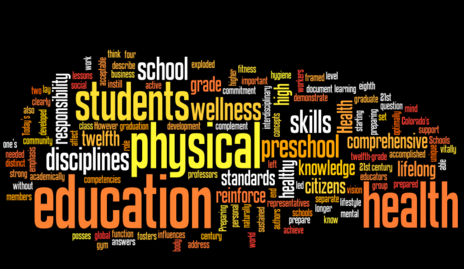
Background Information:
When someone tells you they are participating in a twitter chat for professional development (PD) would you have any idea on what they are talking about? This was me a few years ago when I first got onto twitter. A colleague of mine told me (when I was teaching middle school ICT) that some of the best PD they have ever received was by participating in a twitter chat. I ask this person the obvious question, “How and Why?” They explained to me by engaging in a twitter chat they were able to speak and connect with other colleagues (teachers, professors, researchers, and administrators) across the globe and share ideas on how to make their teaching better, how to improve their teaching, and learn student motivation strategies from those who are in the field! Once I returned to the Physical Education (Physed) classroom I asked myself if there were any Physed teachers on twitter and if they participated (or created) in twitter chats specifically geared towards the Physical Education classroom. After a few trial and errors (looking for Physed teachers to follow on twitter) I found several twitter chats for Physed teachers (these chats will be provided at the bottom of this blog post).
What is a Twitter Chat?
Essentially, a twitter chat is an online conversation. The chat begins usually through a moderator. The moderator is the person who posts the questions that people are to answer on twitter at the time the chat takes place. The twitter chat usually last about an hour. The questions posted by the moderator are found on their websites or blogs (typically). The amount of questions to be answered can vary depending on the moderator and topic being discussed. This where the “hashtag” comes into play!!!
Hashtag Time
In order for a twitter chat to begin and have people follow the conversation there MUST be a hashtag. A hashtag is a fancy term for “link”. Tags come from blogging websites. Anytime a blogger “tags” something it makes it a link for readers to click and follow topics under that specific tag. The same goes for twitter (micro-blogging). Anytime some puts a hashtag ==> # in front of word(s) it makes it a link (as shown in the tutorial below) for the people to follow. For example, one popular Physical Education twitter chat is #espechat (Elementary School Physical Education Chat). When this twitter chat is taking place those individuals partaking in the chat must search that specific hashtag on twitter in order to follow the chat ==> Check Image.
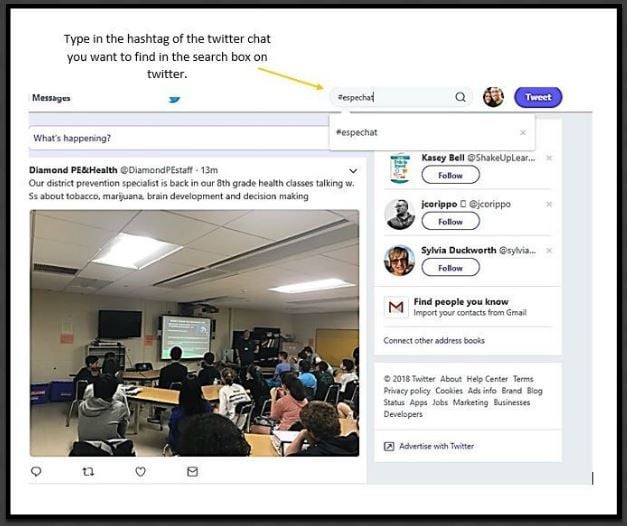
The “Chat”
The chat begins once the moderator posts the first question. Typically, the moderator will label the questions to be answered in this manner ==> Q1 (Question 1), Q2 (Question 2), Q3 (Question 3) and so on. When a person is going to provide an answer to a question on the twitter chat they usually respond in this format ==> A1 (Answer to Question #1), A2 (Answer to Question #2), and A3 (Answer to Question 3). For instance, one of the best twitter chats I follow is the #whatisschool chat via Craig Kemp. He posts the questions prior to the chat’s start time on his blog for followers so they know (ahead of time) what the topic is going to be for that week’s chat. This is previous chat where they discussed the Physed classroom and assessment ==> see image.
